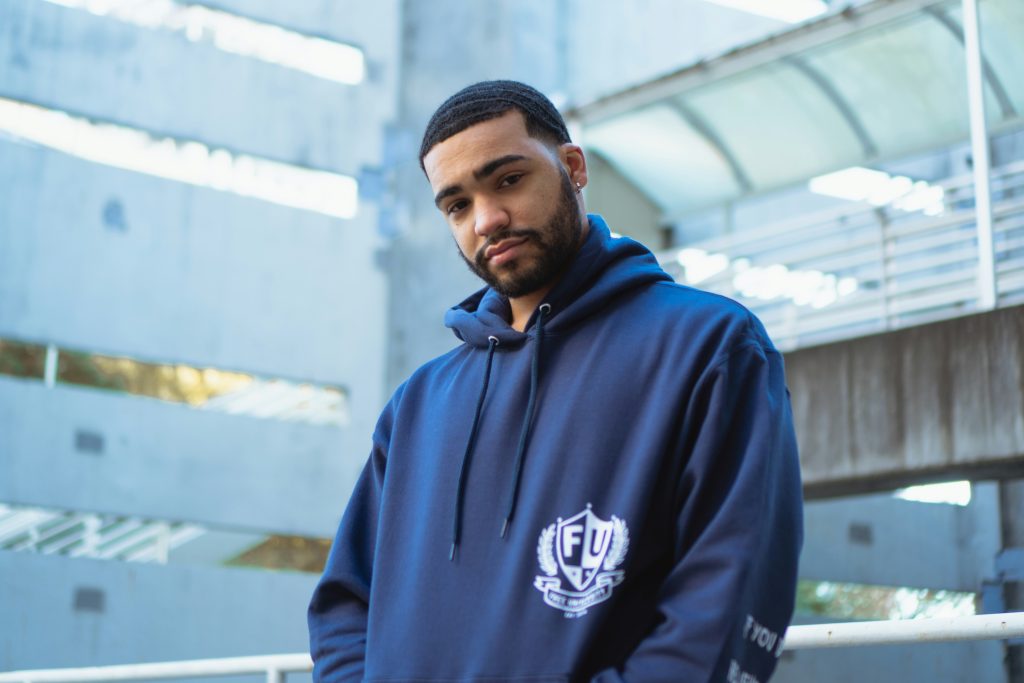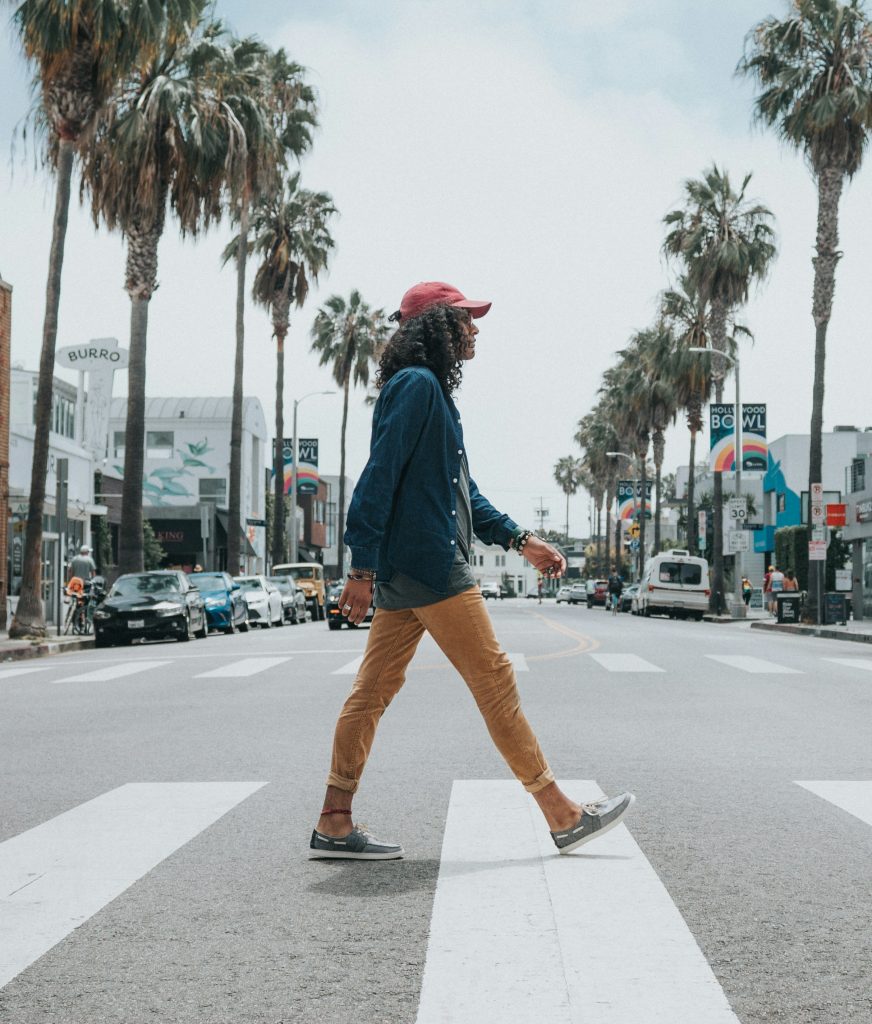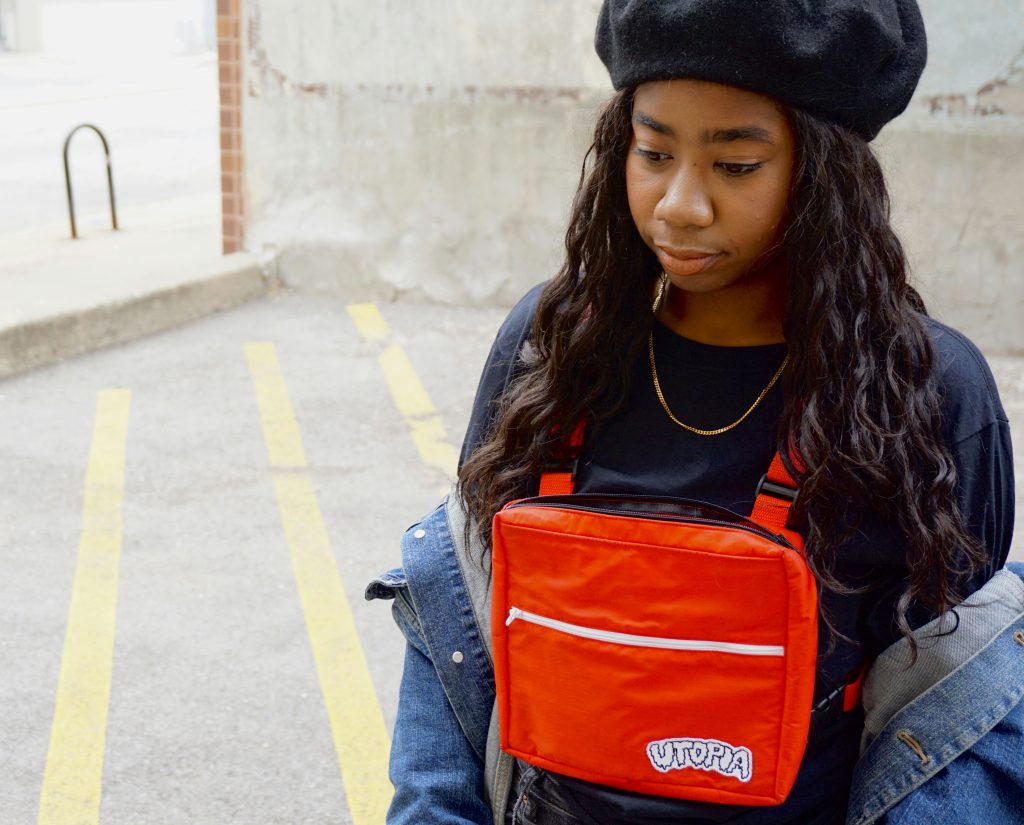Step up your sneaker game with the latest trend that has taken the fashion world by storm – women’s chunky sneakers. In recent years, streetwear culture has greatly impacted the way we dress, and these bold footwear choices are no exception. Whether you’re a sneaker enthusiast or simply looking for a comfortable and stylish shoe, the influence of streetwear culture on women’s chunky sneakers cannot be ignored. With their exaggerated silhouette and eclectic designs, these sneakers have become a symbol of individuality and self-expression. Discover how streetwear culture has revolutionized the sneaker industry and why these chunky kicks are here to stay.
Evolution of Streetwear Culture
Streetwear culture has come a long way since its early origins. It originated in the 1970s and 1980s as a response to the exclusivity of high fashion and the desire for self-expression. Influenced by skateboarding, hip-hop, and punk, streetwear emerged as a way for individuals to showcase their personality and individuality through their clothing. Brands like Stüssy, Supreme, and A Bathing Ape were pioneers in the streetwear scene, offering unique designs that resonated with the youth.
Early origins of streetwear
The roots of streetwear can be traced back to the 1970s and 1980s when skaters started creating their own style of clothing. They sought functional and comfortable clothing that allowed them to move freely while showcasing their rebellious attitude. This DIY aesthetic eventually caught the attention of musicians, particularly those in the hip-hop scene, who embraced the streetwear style as a form of self-expression.
Development and popularization of streetwear
Over time, streetwear evolved from a niche subculture to a mainstream fashion phenomenon. The introduction of streetwear in high-end stores and collaborations with luxury designers helped popularize the style even further. Brands like Off-White, Fear of God, and Vetements brought streetwear to the forefront of fashion by merging high-end aesthetics with the casual and relaxed nature of streetwear. This fusion allowed streetwear to penetrate the mainstream market and gain a wider audience.
Rise of Women’s Chunky Sneakers
While sneakers have always been a part of streetwear, the rise of women’s chunky sneakers marked a significant shift in the fashion landscape. The transition from traditional sneakers to chunky, exaggerated silhouettes revolutionized the footwear game for women. Inspired by 90s nostalgia and the “dad shoe” trend, these sneakers offered a bold and statement-making look that resonated with fashion-forward women.
Transition from traditional sneakers
Traditional sneakers were often associated with athleticism, functionality, and simplicity. However, with the rise of streetwear culture, women demanded more than just basic footwear. They wanted sneakers that made a statement, showcased their individuality, and captured the essence of streetwear fashion. Chunky sneakers with their oversized soles, intricate designs, and bold color combinations provided the perfect solution.
Brands leading the trend
Several brands played a pivotal role in the rise of women’s chunky sneakers. Balenciaga’s Triple S sneakers, with their exaggerated sole and unique construction, became a must-have item for fashion enthusiasts. Other brands like Nike, Adidas, and Puma also jumped on the trend, offering their own iterations of chunky sneakers. These brands incorporated innovative designs, bold colorways, and premium materials to create sneakers that captured the spirit of streetwear culture.

Streetwear’s Impact on Women’s Fashion
Streetwear fashion has always been known for breaking traditional gender norms, and this has had a significant impact on women’s fashion. In the past, women were expected to dress in a feminine manner, conforming to societal expectations. However, streetwear allowed women to express themselves authentically and embrace a more gender-neutral approach to fashion.
Breaking traditional gender norms
Streetwear challenged the notion that certain styles or clothing items were reserved for specific genders. Women began incorporating oversized hoodies, baggy pants, and bold graphics into their everyday outfits. Through streetwear, they were able to reject societal norms and expectations, and instead, dress in a way that made them feel comfortable and empowered.
Empowerment through style
Streetwear gave women a sense of empowerment through style. It allowed them to embrace their individuality, reject societal expectations, and find confidence in their unique fashion choices. By wearing streetwear, women could communicate their personality, interests, and values without uttering a single word. This sense of empowerment extended beyond fashion and permeated into other aspects of their lives.
Streetwear as a Form of Self-Expression
One of the key elements that make streetwear so beloved is its ability to enable self-expression. Streetwear offers individuals an opportunity to showcase their personality, interests, and creativity through their clothing choices.
Individuality and personal style
Streetwear celebrates individuality and encourages people to embrace their unique style. Mixing and matching different pieces, combining high-end and low-end fashion, and experimenting with colors and patterns are all part of the streetwear aesthetic. This allows individuals to create outfits that truly reflect their personality and preferences.
Mixing and matching with different outfits
Another aspect of streetwear that contributes to its versatility and popularity is its ability to be mixed and matched with various outfits. Streetwear pieces can easily be incorporated into both casual and formal looks, allowing individuals to express their personal style in different settings. Pairing a chunky sneaker with a dress or a tailored suit, for example, adds an unexpected and fashion-forward twist to an outfit.

Influence of Streetwear Icons and Celebrities
Streetwear culture has been greatly influenced by celebrities and icons who embraced the trend and made it mainstream. Their endorsement and adoption of streetwear helped propel the movement to new heights, capturing the attention of fashion enthusiasts around the world.
Celebrities embracing the trend
Celebrities have played a significant role in the popularity of streetwear. Icons like Kanye West, Pharrell Williams, and Rihanna are known for their bold and innovative fashion choices, often incorporating streetwear elements into their outfits. By wearing streetwear brands and collaborating with designers, these celebrities elevated the status of streetwear and solidified its place in the fashion industry.
Social media influencers as a driving force
In addition to celebrities, social media influencers have become powerful influencers within the streetwear community. Through their curated posts and sponsored collaborations, they have created a platform for streetwear enthusiasts to discover new brands, styles, and trends. Influencers like Emily Oberg, Aleali May, and Luka Sabbat have become synonymous with streetwear, showcasing the latest drops, collaborating with brands, and shaping the conversation around streetwear fashion.
Streetwear Collaborations and Limited Edition Releases
Collaborations between streetwear brands and high-end designers have become instrumental in shaping the streetwear landscape. By joining forces, these collaborations have not only elevated the status of streetwear but have also brought together different aesthetics and offered exclusive pieces that fuel the hype and demand within the community.
Collaborations between streetwear brands and high-end designers
Collaborations between streetwear brands and high-end designers have become highly sought after by fashion enthusiasts. Brands like Supreme collaborating with Louis Vuitton, Off-White partnering with Nike, and Adidas teaming up with Alexander Wang have brought together different worlds and created unique and limited-edition pieces. These collaborations blur the lines between streetwear and high fashion, creating a new wave of fashion that appeals to a broader audience.
The hype surrounding limited edition releases
Limited edition releases have become a cornerstone of streetwear culture. Brands often create scarcity by releasing limited quantities of highly anticipated pieces, creating a sense of exclusivity and desire among consumers. This strategy fuels the hype surrounding streetwear and cultivates a community of dedicated collectors and enthusiasts who are willing to go to great lengths to get their hands on these limited pieces.

The Role of Sneaker Culture in Streetwear
Sneakers have long been a staple in streetwear fashion. They offer comfort, versatility, and a touch of urban coolness that perfectly complements the streetwear aesthetic. Sneaker culture has shaped streetwear in various ways, from nostalgic designs to the passionate community that surrounds it.
Sneakers as a staple in streetwear
Sneakers have become synonymous with streetwear culture, serving as a staple in both men’s and women’s fashion. They offer the perfect blend of style and comfort, making them a go-to choice for individuals looking to create a streetwear-inspired outfit. From classic silhouettes like the Nike Air Jordan 1 to avant-garde designs like the Balenciaga Triple S, sneakers have become an essential component of the streetwear wardrobe.
Sneakerhead community and its influence
The sneakerhead community has played a significant role in shaping streetwear culture. Sneaker enthusiasts are known for their passion, knowledge, and dedication to collecting and showcasing rare and coveted sneakers. Their influence extends beyond fashion and enters the realm of art and culture, as their collections are often viewed as a form of personal expression and identity. Sneaker events, such as sneaker conventions and releases, have become integral in bringing together like-minded individuals and fostering a sense of community within the sneakerhead world.
Fashion Technology and Innovation
Streetwear has always embraced innovation and pushed boundaries, and nowhere is this more evident than in the realm of fashion technology. From futuristic designs to sustainable materials, technological advancements have played a significant role in shaping streetwear fashion.
Emergence of futuristic designs
Streetwear has always been at the forefront of embracing futuristic designs and materials. From tech-inspired graphics to avant-garde silhouettes, fashion designers have consistently pushed the boundaries of what is possible. Streetwear brands like ACRONYM and Y-3 have been particularly influential in this regard, incorporating innovative textiles, functional details, and cutting-edge construction techniques into their designs.
Use of sustainable materials
As sustainability becomes an increasingly important element in fashion, streetwear has started incorporating eco-friendly materials into its designs. Brands like Patagonia and Rothy’s have paved the way for sustainable streetwear by using recycled materials and reducing their carbon footprint. This shift towards sustainability reflects the growing awareness of environmental issues within the streetwear community and the wider fashion industry.
Streetwear’s Impact on Mainstream Fashion
Streetwear’s influence has extended beyond its subculture roots and has permeated mainstream fashion. High-end designers and luxury fashion houses have embraced streetwear elements, incorporating them into their collections and runway shows.
High fashion brands incorporating streetwear elements
High fashion brands like Balenciaga, Gucci, and Givenchy have all incorporated streetwear elements into their designs. Oversized silhouettes, graphic prints, and logomania have become prevalent in high fashion collections, blurring the lines between streetwear and luxury fashion. This fusion of aesthetics has allowed streetwear to be accessible to a broader audience while elevating its status within the fashion industry.
Runway shows featuring chunky sneakers
Chunky sneakers have become a runway staple, with designers showcasing their own versions on the catwalk. From the Balenciaga Triple S to the Alexander McQueen Oversized Sneaker, these statement-making shoes have become a symbol of streetwear culture. This inclusion in high fashion shows has further solidified the influence of streetwear on mainstream fashion.
The Globalization of Streetwear
Streetwear culture has transcended borders and created a global phenomenon. Its impact on international markets can be seen through the rise of local streetwear scenes around the world.
Streetwear’s influence on international markets
Streetwear’s influence has spread to every corner of the globe, shaping fashion scenes in major cities such as Tokyo, Seoul, and London. Local designers and brands have emerged, offering their unique take on streetwear while staying true to their cultural roots. This globalization of streetwear has allowed different streetwear scenes to connect, collaborate, and cross-pollinate, resulting in a rich and diverse fashion landscape.
Local streetwear scenes around the world
Each city has its own unique streetwear scene that reflects the local culture, style, and influences. Tokyo’s Harajuku district, for example, is known for its vibrant and eccentric street fashion, while Seoul’s fashion scene combines streetwear with K-pop aesthetics. London’s streetwear scene is known for its punk-inspired designs and underground subcultures. These local streetwear scenes contribute to the global streetwear community, adding new perspectives and creativity to the movement.
As streetwear culture continues to evolve and influence fashion, it remains a powerful force that champions individuality, self-expression, and the breaking of societal norms. From its early origins to its impact on women’s fashion and mainstream industry, the evolution of streetwear has been marked by innovation, collaboration, and the desire for self-expression. The rise of women’s chunky sneakers and the inclusion of streetwear elements in high fashion shows further attest to the enduring influence of streetwear. With its global reach and diverse local scenes, streetwear culture continues to shape and redefine the fashion landscape.


